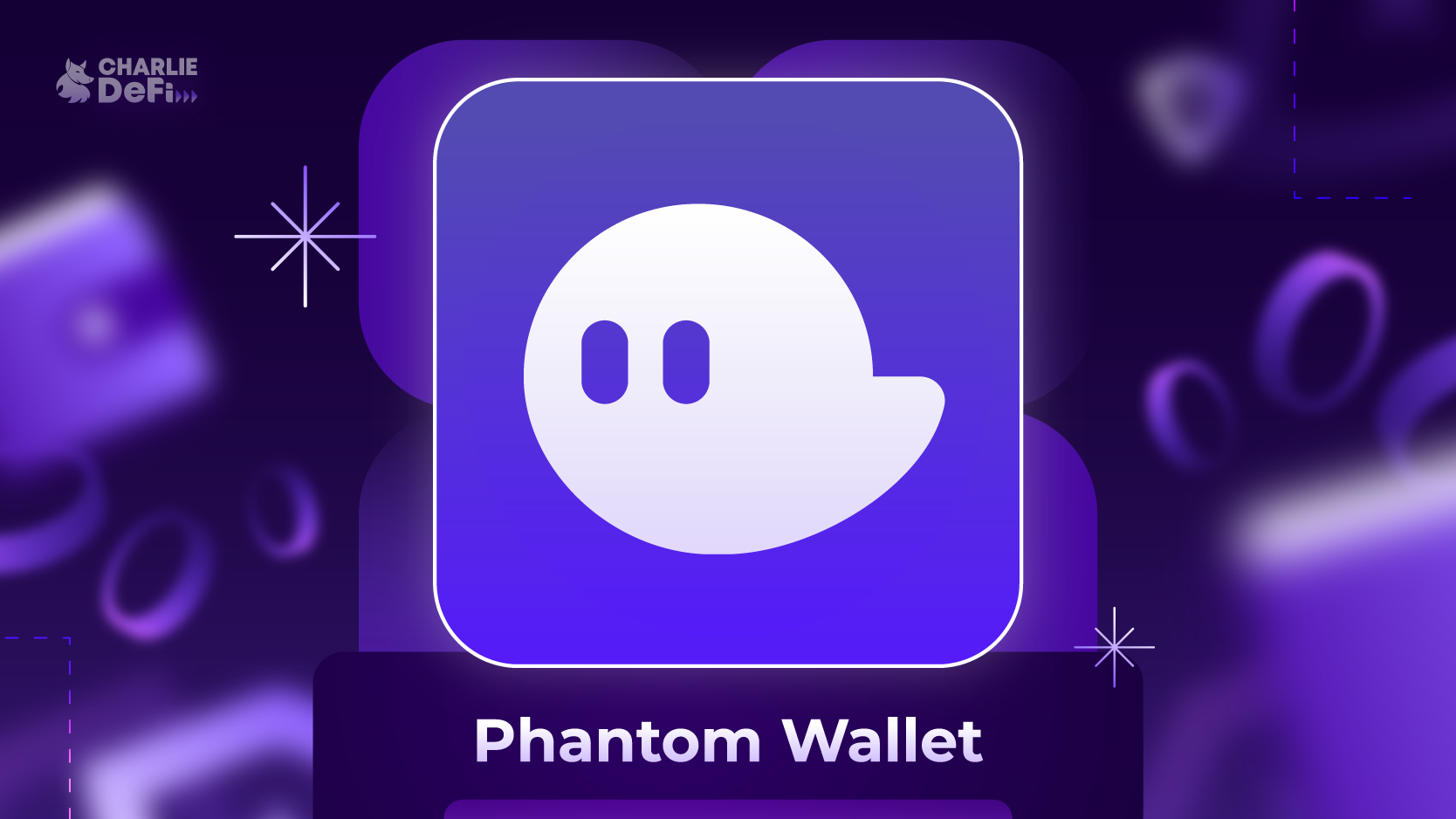You ever get that feeling when you stumble on somethin’ that just clicks? Like, you knew crypto wallets before, but then Phantom shows up and suddenly it’s a whole new ballgame. Seriously. I mean, managing Solana NFTs and diving into Solana dapps used to feel kinda clunky—until I started using Phantom. Wow!
At first glance, Phantom looks sleek and simple. But dig a little deeper, and you realize it’s packed with features that make your crypto life way easier. What’s wild is how it balances security with usability, which honestly is rare these days. Something about their extension just feels right, like it’s designed by someone who actually uses Solana daily, not some faceless dev team.
Okay, so check this out—Phantom isn’t just a wallet; it’s a gateway. You connect with Solana’s ecosystem seamlessly. NFTs? Handled. Dapps? Plug and play. The extension runs smoothly in your browser, making token swaps and staking straightforward without jumping through hoops. Initially, I thought all wallets were created equal, but Phantom quickly shattered that misconception.
Here’s the thing: the Solana network itself is blazing fast and low-fee, but without a good wallet interface, it’s like having a sports car but no keys. Phantom fills that gap perfectly. It’s like the difference between a clunky dashboard and a cockpit that actually makes you feel in control—intuitive, responsive, and just… natural.
Really? Yeah, really. I was skeptical about browser extensions for crypto—felt like a security risk. But Phantom’s approach to private key management and biometric locks made me rethink. It stores keys locally, not on servers, which means you own your stuff. No middlemen. I mean, that’s very very important in crypto.

Now, NFTs on Solana are blowing up, and Phantom makes browsing and managing your collections a breeze. You can view your assets right inside the wallet, with crisp visuals and detailed metadata. No more jumping between apps or websites to verify ownership or check prices. This wallet literally puts your NFT gallery at your fingertips.
On the flip side, Solana dapps can sometimes feel overwhelming with all their experimental features. Phantom smooths that out by acting as a trustworthy bridge. When you hit “connect wallet,” it’s done securely and without fuss. No surprise pop-ups or confusing permission requests. My instinct said, “This could be the wallet that finally gets dapp UX right.”
And honestly, the developer community loves it too. Phantom supports wallet adapters, so lots of dapps can integrate easily, meaning you get a consistent experience across platforms. It’s like having a universal remote that just works, unlike some wallets that behave like they’re stuck in 2017.
Something felt off about other wallets’ NFT handling—the metadata often loaded slow or failed to display correctly. Phantom nails this, probably because it’s built specifically with Solana’s ecosystem in mind. That focus shows in every detail, from token swaps to staking SOL or SPL tokens. Their built-in swap feature is surprisingly efficient, too.
Solana Dapps and Phantom: Why They Work Together
Here’s what bugs me about crypto wallets in general: too many try to be everything, and end up being nothing. Phantom doesn’t fall into that trap. It’s laser-focused on Solana, which means it leverages Solana’s speed and scalability fully. You get dapps that load fast, transactions that confirm instantly, and fees so low you barely notice them.
At the same time, Phantom’s UI keeps things accessible. For newcomers, it’s not intimidating, and for power users, it offers advanced tools like hardware wallet support and detailed transaction history. That balance is tough to pull off, but Phantom does it very very well.
It’s kinda funny—when I first used Phantom, I half-expected it to be just another wallet extension. But the way it integrates NFTs, dapps, and token management blew my mind. There’s an elegance to how the wallet handles multiple accounts and identities without confusing the user. Honestly, it feels like the kind of thoughtful design you don’t get unless you’ve been deep into crypto for a while.
Speaking of design, I stumbled on the official Phantom site recently (phantom wallet official site), and it’s clear they’re committed to transparency and education. They don’t just push their product; they help users understand Solana’s broader ecosystem. That’s refreshing in a space where hype often trumps substance.
One thing I’m not 100% sure about yet is how Phantom will evolve as Solana scales further and more dapps flood the scene. But their track record so far suggests they’ll keep adapting smoothly. The wallet’s open architecture means it can plug into future innovations without breaking a sweat.
By the way, the community feedback is overwhelmingly positive, which counts for a lot in crypto. People aren’t just praising the UI—they’re excited about how Phantom secures assets and simplifies daily use. It’s not just tech; it’s user trust, and that’s hard to fake.
Oh, and by the way, if you’re into NFTs and want to explore Solana’s vibrant dapp landscape, Phantom is probably your best bet right now. It’s like having a Swiss Army knife for Solana, but way more elegant.
So yeah, to wrap this thought around: Phantom manages to feel both cutting-edge and approachable. That’s rare. It’s not perfect—no tech is—but it’s the wallet that made me finally feel comfortable doing serious NFT trading and dapp exploration on Solana.
In the end, wallets are about trust and experience. Phantom nails the experience, and that builds trust organically. If you haven’t checked it out yet, the phantom wallet official site is a great place to start. Just be ready to get hooked—because once you go Phantom, it’s hard to go back.

